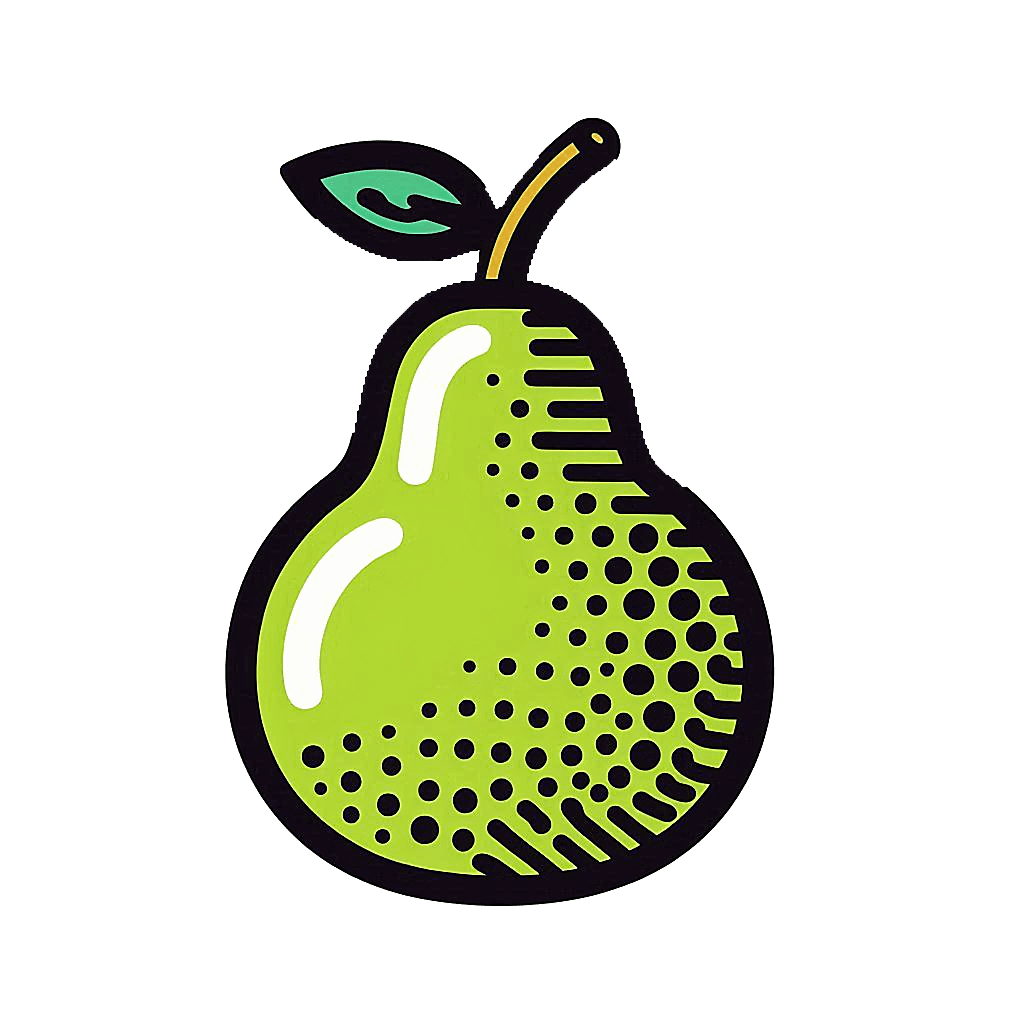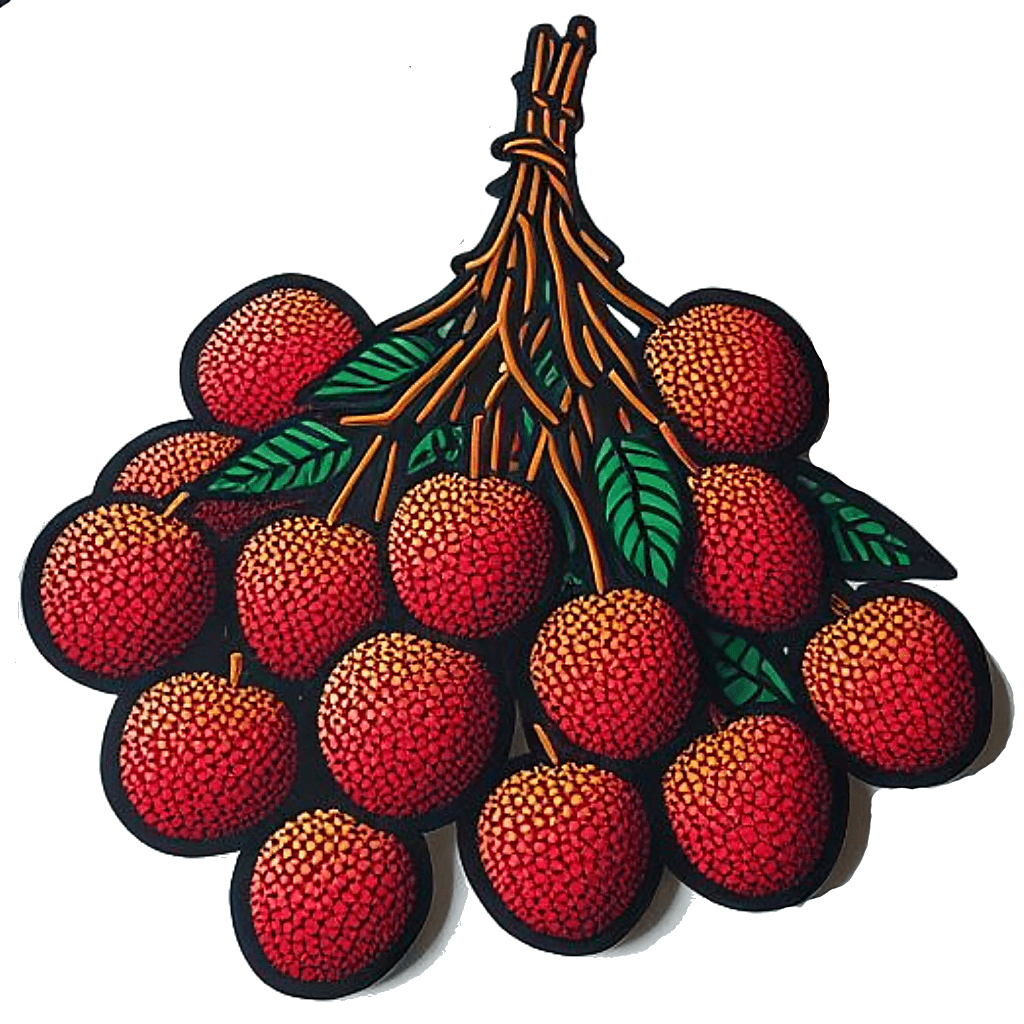/moskˈato bjˈanko/
- Moscadello
- Moscato di Canelli
- Muscat Blanc à Petit Grains
- Moscatelle de Grano Menudo
- Moscatelle de Grano Pequeno
- Moscatel Morisco
- Moscatel Castellano
- Moscatel Fino
- Moscatelle Branco
- Moscatelle Galego Branco
- Moscatelle do Duoro
- Moscato Mazas
- Moschato Lefko
- Moschato Spinas
- Moschato Kerkyras
- Moschato Samou
- Gelber Muskateller
- Muskateller
- Frontignan
- Muscatel
White
- Muscat Blanc à Petit Grains, better known as Moscato Bianco, stands as the most ubiquitous of all Moscatos worldwide.
- Its cultivation in Piedmont dates back to at least the 1300s, but it gained significant prominence in the 15th century when Duke Emanuele Filiberto di Savoia enacted regulations to curtail imports, thereby fostering the development of local wine production.
- As the progenitor of numerous Moscato varieties, Moscato Bianco holds a paramount position in the lineage of these esteemed wines.
Map of historic hometown
Moscato d’Asti typically delights with its effervescence and subtle sweetness, offering a charmingly bubbly experience. However, it also presents itself in a lusciously sweet dessert-style version crafted from air-dried grapes.
Asti Spumante, on the other hand, exudes a softer, creamier texture, with a milder sparkle compared to Moscato d’Asti.
Meanwhile, Moscadello di Montalcino is often made in a late-harvest or air-dried style, boasting unabashed sweetness that indulges the palate.
Visual Flavour Profiles:








